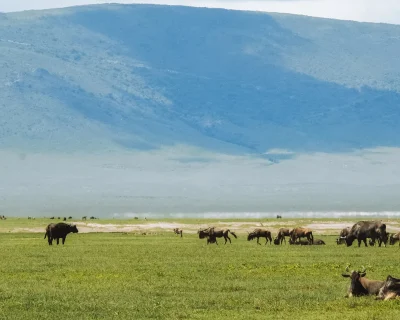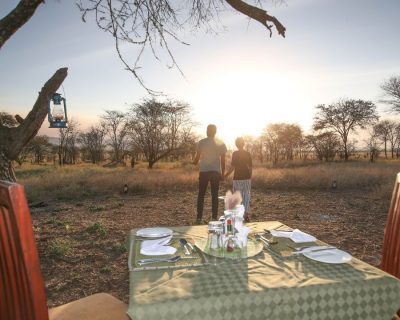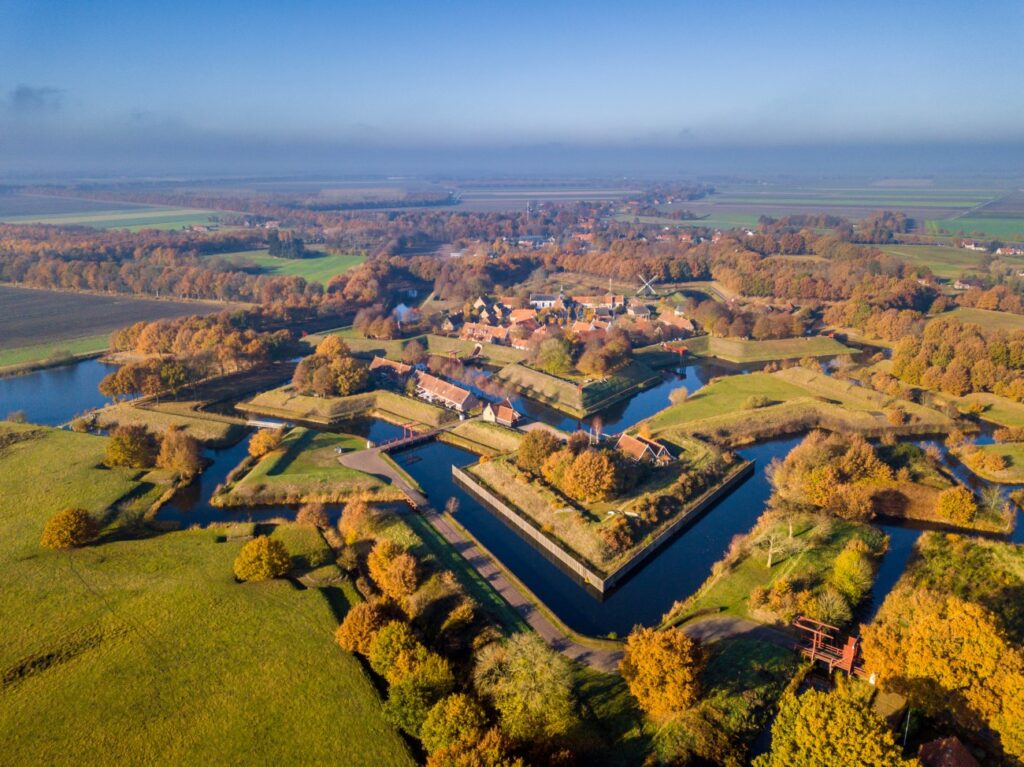Most first-time travelers to Tanzania fixate on the Serengeti, Ngorongoro Crater, or Kilimanjaro—and for good reason. These iconic destinations offer spectacle on a grand scale. But Tarangire, often treated as a quick stop or an optional add-on, is where Tanzania’s subtle, slower stories unfold. And for travelers who only have a few days—or who want to go beyond the checklist safari—it may turn out to be the most memorable part of the trip.
Tarangire is compact, varied, and surprisingly quiet. It’s where elephants linger undisturbed, baobabs tower over undulating plains, and wildlife behavior—not just wildlife sightings—takes center stage. Below, we divide the park’s 10 must-see features into two categories: what you should prioritize with limited time, and what you should make time for if you want to understand Tarangire beyond the surface.
If You Only Have a Few Days (1–3 days): Prioritize These 5 Core Features
1. Tarangire River Corridor
This isn’t just a river—it’s the heartbeat of the park. In the dry season (June–October), it draws in animals from far-flung corners of the ecosystem. Elephants gather in their hundreds, buffalo form moving walls across the plains, and predators lurk nearby. For short visits, this area offers the highest wildlife density per kilometer anywhere in the park.
Time-saving tip: Base yourself near Sangaiwe Gate for easy morning access to the river corridor without long drives.
2. Elephant Behavior Up Close
You won’t just “see” elephants here—you’ll watch their lives unfold. Tarangire is known for some of the most relaxed and natural elephant interactions in East Africa. Calves roll in river mud, teenagers posture in play-fights, and matriarchs lead herds with practiced precision. With fewer vehicles than Serengeti or Manyara, you can watch undisturbed, often alone.
First-timer insight: Elephants in Tarangire tend to linger—if you’re patient, you’ll see more than just movement; you’ll see relationships.
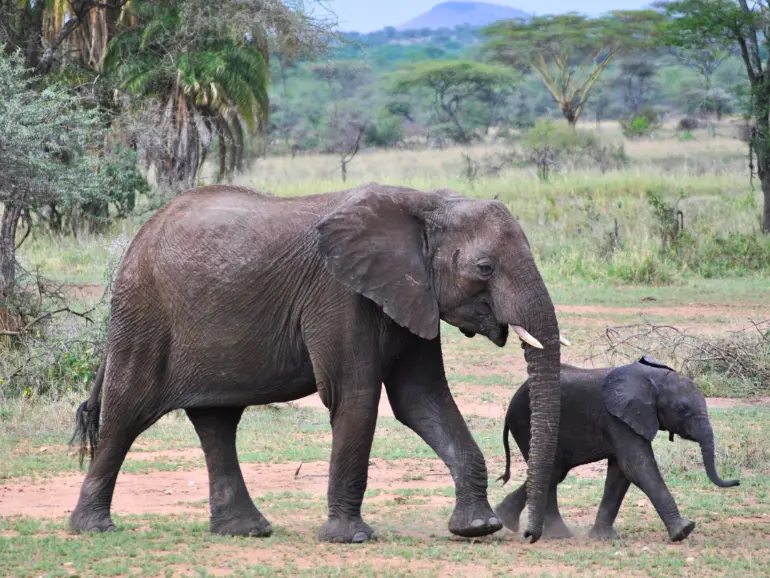
3. Baobab Forests & Iconic Scenery
The otherworldly baobabs in Tarangire are not background—they are protagonists. Some are over 1,000 years old. Wildlife often rests in their shade, and at dusk, their silhouettes frame some of the most beautiful skies in Tanzania. A morning or late-afternoon game drive through these groves is essential for understanding the character of the park.
Photographer tip: Skip midday. For dramatic light and color, hit the baobabs at dawn or golden hour.
4. The “Mini Migration” Funnel Points
From July to September, zebra and wildebeest move through tight corridors toward Silale Swamp. Unlike the Serengeti, where you chase the migration, Tarangire funnels herds into predictable areas—making it easier to track and photograph both prey and predators without driving for hours.
Quick win: Ask your guide for recent sightings near Silale or Ndololo. A couple of well-timed hours can yield incredible scenes.
5. Night Drives & Stargazing
Few parks in northern Tanzania allow night drives—Tarangire is one of them. From dusk to dark, you might see hippos leaving water, bushbabies bouncing between branches, or a civet slipping through grass. Afterward, Tarangire’s dark skies deliver some of the clearest stargazing in the region.
If you’re staying just 2 nights: Dedicate one evening to a night drive and one to quiet stargazing from camp.
If You Have More Time: Dive Deeper into Tarangire’s Wild Identity
If you’re able to extend your stay to 3+ days or are returning for a second trip, these deeper features unlock Tarangire’s full story—from its rich birdlife to its cultural significance and lesser-known landscapes.
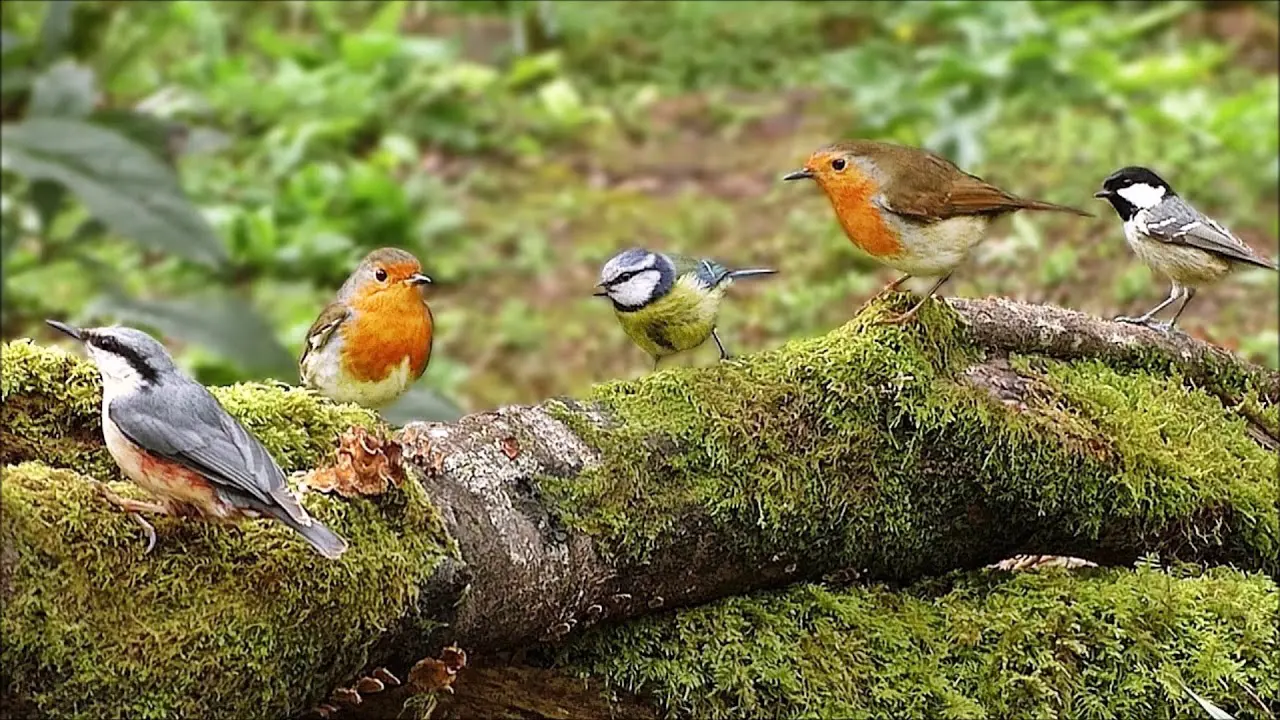
6. Silale Swamp & Birding Hotspots
This seasonal floodplain is one of East Africa’s most underrated birding locations. When the rains arrive (Nov–May), it explodes with activity: spoonbills, jacanas, egrets—and with luck, shoebill storks. Even in the dry months, it’s a magnet for grazers and predators.
If birding matters: Pair a morning drive with a guided walk near the swamp edge. Bring a long lens and binoculars.
7. Walking Safaris: A Ground-Level Perspective
For a truly different view, explore Tarangire on foot. Walking safaris—led by armed guides—reveal the “hidden park”: animal tracks, medicinal plants, termite ecosystems, and the scent-driven life that a vehicle masks.
Add-on idea: Combine a walking safari with a midday picnic or a geology-focused visit to Ibaki Hill (see below).
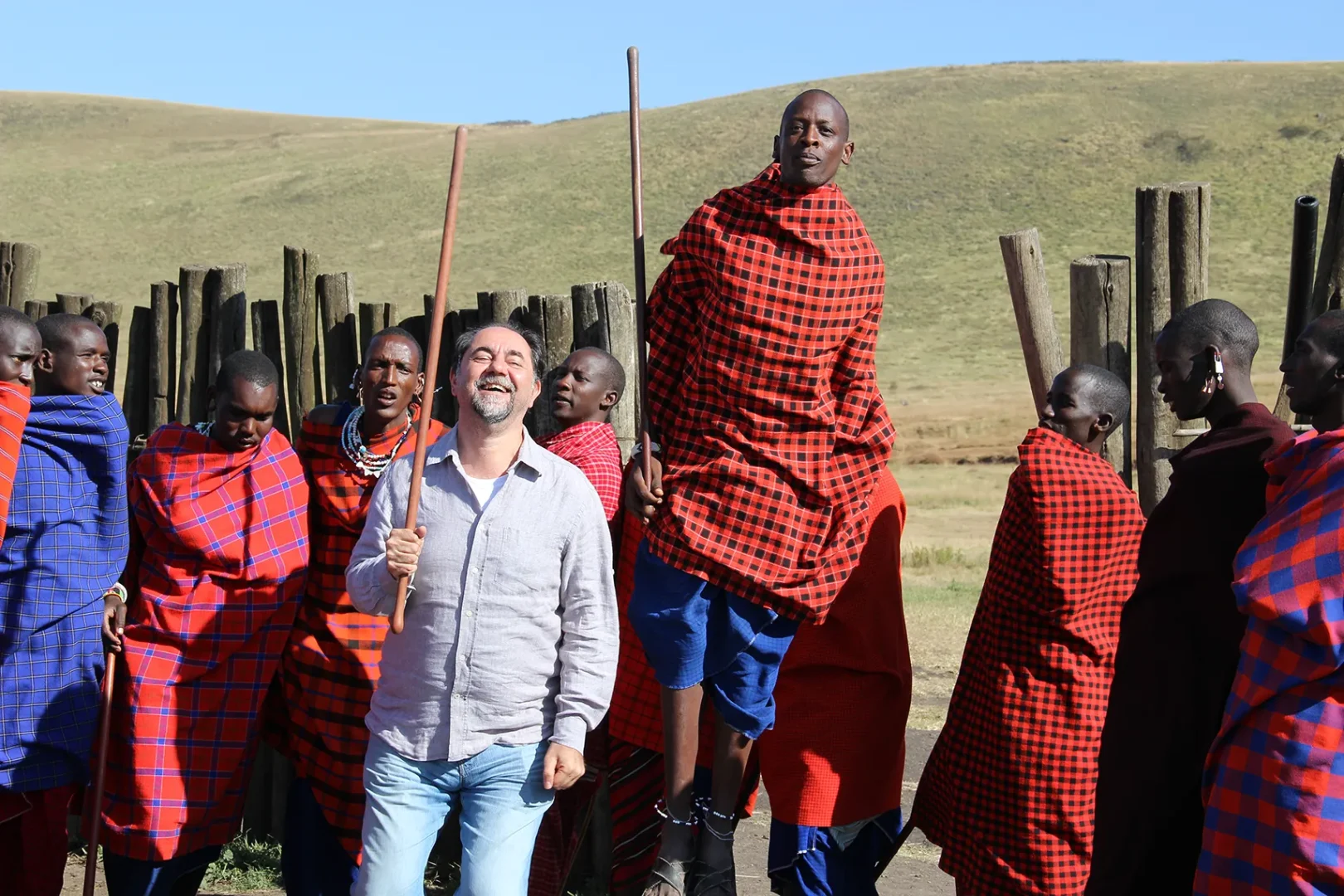
8. Community Conservation & Maasai Culture
Unlike many parks, Tarangire has an integrated relationship with surrounding Maasai communities. Livestock corridors, grazing rotation and tourism revenue-sharing make it a model for coexistence. Many lodges offer optional village visits—not as performances, but as ways to see how conservation and culture interact.
Responsible travel note: Choose operators that clearly state how your visit supports local initiatives.
9. Geological Lookouts & Hidden Hills
Tarangire is not all flat savannah. Ancient granite ridges near Ibaki Hill offer dramatic views of the entire river basin and surrounding woodland. These areas are less trafficked and excellent for short hikes, geological interest or just quiet observation away from the circuits.
Best use of time: Visit in the afternoon when wildlife is less active elsewhere—shade and elevation offer a perfect break.
10. Hot Springs & Thermal Zones (Maji Moto)
Just outside the park boundary, the Maji Moto springs are still used by Maasai herders. These natural thermal features aren’t commercial attractions—they’re cultural landmarks. Surrounded by reeds, birdlife, and folklore, they’re best experienced with a local guide.
Pair it with: A longer walking safari or village excursion to understand both the ecological and cultural value of the springs.
Planning Advice: Don’t Just ‘Pass Through’
Many itineraries treat Tarangire as a quick 1-night stop on the way to the Serengeti. That’s a mistake. Even with a few days, Tarangire offers a depth and density that rivals more famous parks—if you know where to look.
Suggested Stay Lengths:
- 1 night: Focus on the river corridor, elephants, and baobabs.
- 2 nights: Add a night drive or birding in Silale Swamp.
- 3+ nights: Include walking safaris, community visits, and offbeat corners like Ibaki Hill or the hot springs.
Tarangire Rewards the Curious
You don’t visit Tarangire for bragging rights or migration-scale drama. You visit to slow down, observe animal behavior in peace, and feel like you’re part of the ecosystem rather than just passing through. If you’re short on time, prioritize the core five. But if you’re a traveler who values depth over breadth, you’ll find Tarangire delivers more—quietly, thoughtfully, and consistently.


